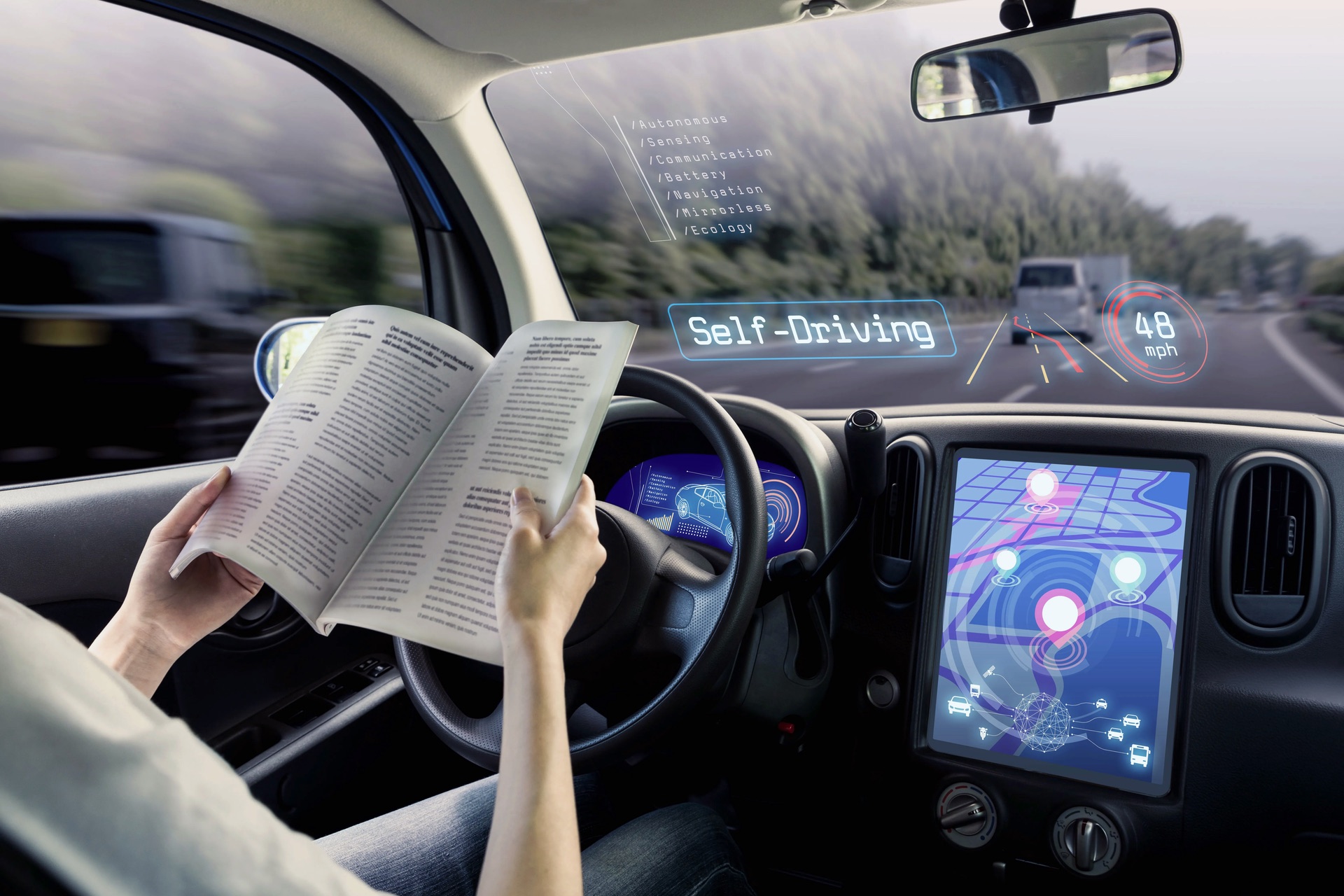A new survey by US insurance technology provider Policygenius has found widespread apprehension about self-driving cars. The survey found a majority of Americans (76 per cent) would feel less safe driving or riding in cars with self-driving features, while 73 per cent of people would feel less safe knowing others on the road are travelling in cars with self-driving features.
Policygenius said Americans are also sceptical about the potential of the technology, with one third saying that even a car with full self-driving capability would require constant attention. Nearly 80 per cent of people said they would not pay more to own a car with self-driving features.
According to the survey, Americans are split on how these features should reduce insurance premiums. Thirty-eight per cent of respondents think the extra safety features that come with a self-driving car should earn an insurance discount, but 62 per cent think insurance for cars with self-driving features should cost more than cars without them.
The survey also showed consumers are confused about the meaning of ‘self-driving vehicle’. Seventy-six per cent of Americans understand that a true self-driving car isn’t available in the market, but almost a quarter of people (24 per cent) believe drivers can currently buy a car designed to let them take their eyes off the road while driving.
In relation to crash liability, Americans are divided evenly on who should be held responsible if a car crashes while self-driving features are in control – the driver or the car manufacturer.
“Whether because of road rage, reckless driving, or car accidents, it’s understandable that many people are wary of taking their eyes off the road and relying on a self-driving car,” said Rachael Brennan, a licensed property and casualty insurance expert at Policygenius. “As advances in autonomous vehicle technology continue, auto companies and insurance companies will need to resolve a number of challenges, from helping people feel safe on the road to navigating new insurance implications like who is at fault in an autonomous vehicle incident.”
